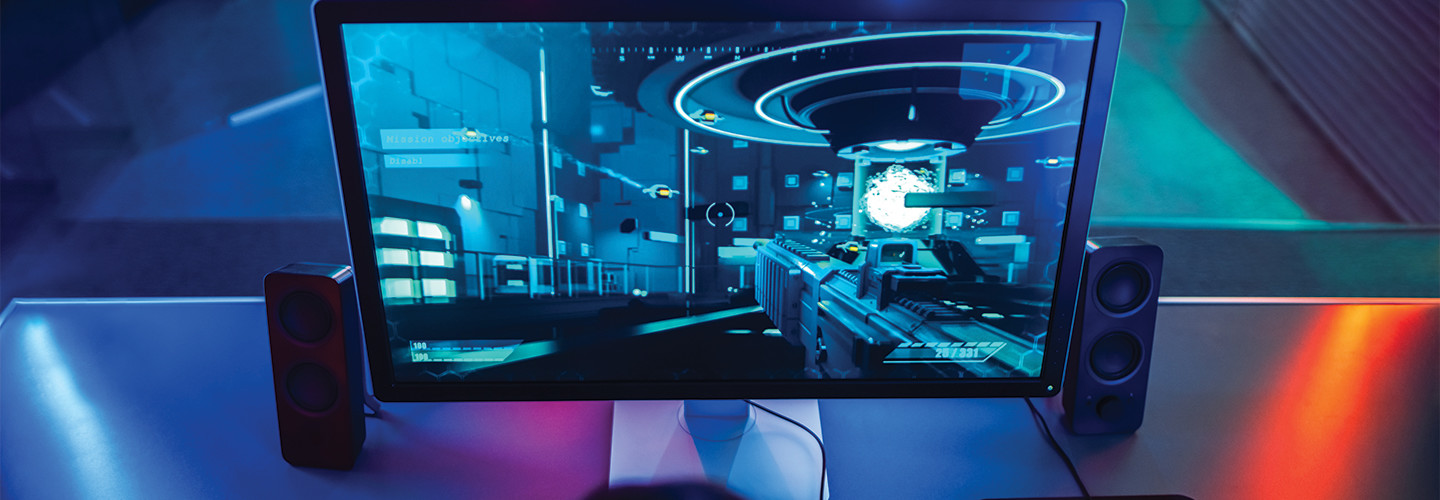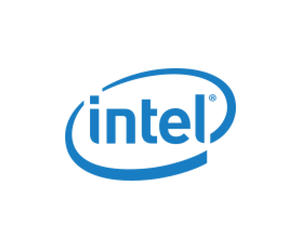The College Esports Boom Spreads to High Schools
Colleges and universities are “running programs that are sanctioned and fully supported,” Harrison says. “They’re adding services with custom esports fields and asking Intel for help to get started.” For example, the University of Oregon recently opened a 1,100-square-foot esports room with high-speed connections and customized chairs.
As esports go mainstream, teams are gaining popularity — but just like traditional college clubs, this extends far beyond the players on the field. Merchandising matters to drive revenue. Effective branding with school colors matters for recognition. And as Michael Domingo, marketing manager for Intel, notes, “Pro esports are now a career. Teams need media support, content creation and shoutcast commentators to stand out in the industry.”
This is reflected in evolving career paths: VentureBeat points to options in product management, remote team management, marketing and broadcasting. At the University of California, Irvine, for example, esports go beyond the arena; the school now offers an esports management specialized studies program through its Division of Continuing Education.
As esports grow at the K–12 level, primarily with high schools, districts are investing in gaming computers, monitors and other necessary accessories. As Intel notes in a December 2019 report titled “The Rising Tide of Esports in Education,” high schools “aren’t expected to provide professional-level spaces and hardware,” but their esports athletes do need “a basic level of support.” That includes spaces for playing and meeting, ergonomic furniture, and technology — wired internet connections, computers and large screen displays.
The widespread mobile device adoption and on-demand connections that have helped esports go mainstream also enable players to meet online in their own homes if needed — a plus in the era of social distancing and the coronavirus pandemic.
MORE ON EDTECH: Learn about the academic and social benefits of esports.










